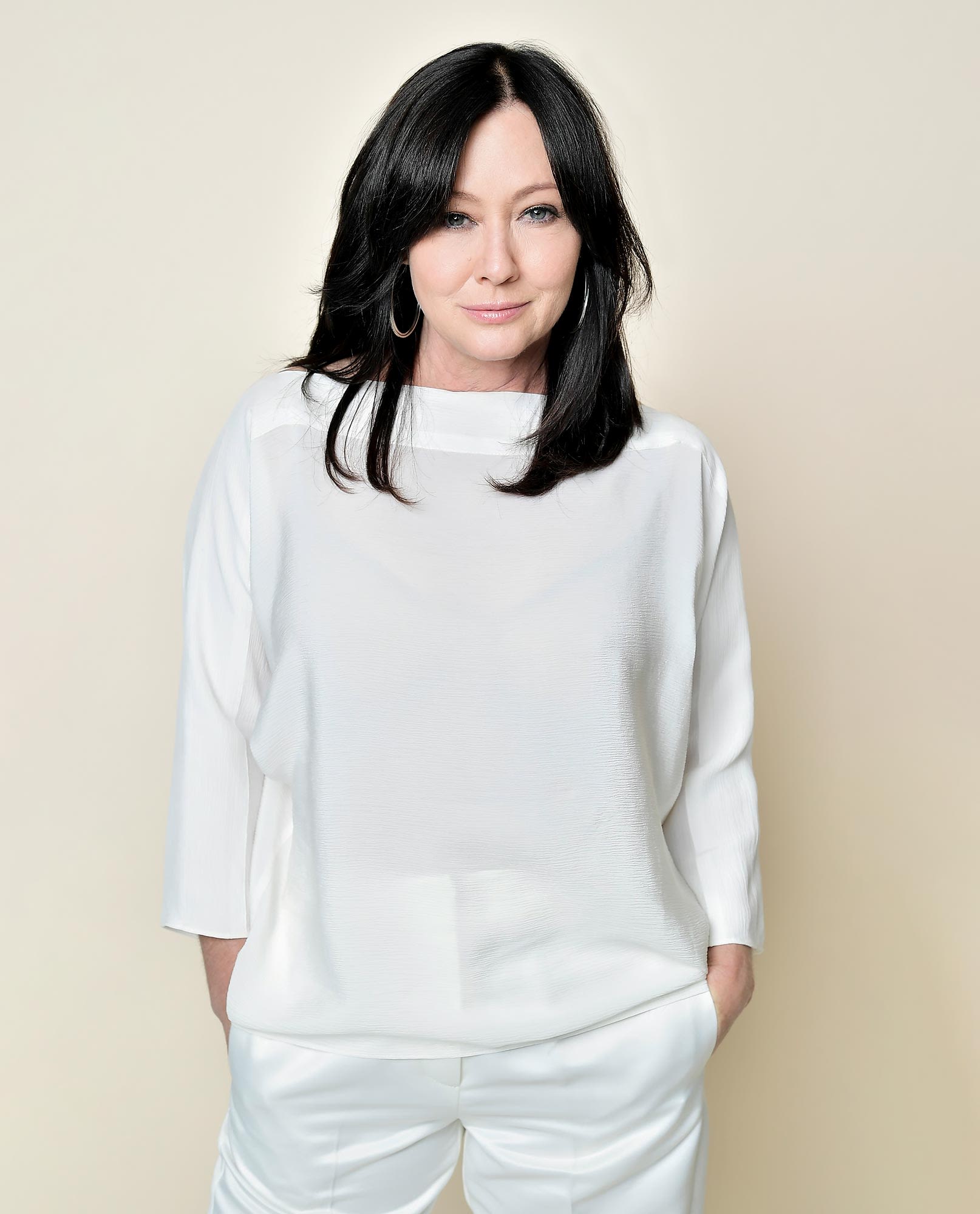Search results
Réunion. / 21.11444°S 55.53250°E / -21.11444; 55.53250. Réunion, [note 1] officially Department of Réunion, [note 2] is an island in the Indian Ocean that is an overseas department and region of France. Part of the Mascarene Islands, it is located approximately 679 km (422 mi) east of the island of Madagascar and 175 km (109 mi ...
- France
- Saint-Denis
- 1
News about Vanderpump Villa, reunion, Eric Funderwhite
News about Vanderpump Rules, reunion, resentment
News about John Oates, John Stamos, Daryl Hall
Also in the news
- Overview
- Land
- People
- Economy
- Government and society
- History
Réunion, island of the Mascarene Islands that is a French overseas département and overseas région. It is located in the western Indian Ocean about 420 miles (680 km) east of Madagascar and 110 miles (180 km) southwest of Mauritius.
Réunion is almost elliptical in shape, about 40 miles (65 km) long and 30 miles (50 km) wide. The capital is Saint-Denis, on the northern coast.
Britannica Quiz
Islands and Archipelagos
Of volcanic origin, Réunion consists mostly of rugged mountains in an advanced state of dissection by short torrential rivers. The west-central area contains a mountain massif with three summits exceeding 9,000 feet (2,740 metres), including the Piton des Neiges (10,069 feet [3,069 metres]). The massif is encircled by several wide basins and a series of smaller plateaus. In the eastern part of the island is an area of more recent volcanism, and in the extreme east is the mountain Le Volcan, one of whose craters, Piton de la Fournaise, has been active several times since 1925. Réunion’s coast has no good natural harbours.
Moisture-laden southeast trade winds, which dominate the weather from April to October, bring abundant annual rainfall (160–315 inches [4,000–8,000 mm]) to the south and east of the island; the north and west sides, however, have as little as 25 inches (635 mm) of rain a year. Temperatures tend to be cool for the tropics, especially at higher elevations, but in summer the lowlands are uncomfortably humid and hot. Tropical cyclones occur frequently.
Réunion was first settled in the 17th century by colonists from France. Slave labourers were brought in from East Africa to work on plantations, and later Malays, Annamites, Chinese, and Malabar Indians were imported as indentured labourers. Today the greatest proportion of the population is of mixed descent (African, European, and South Asian). The limited amount of land has induced substantial emigration, largely to France but also to Madagascar.
The island’s population density is high, even in areas that typically would be considered too mountainous to support a dense population. Saint-Denis, the capital and largest urban area on the island, contains about one-fifth of the total population. Nearly one-fourth of the population is under age 15; birth rates have declined steadily in recent decades, while the death rate has largely remained stagnant. The language in common use on the island is Réunion French Creole, and Tamil is also spoken by some people. French, however, is the official language. About four-fifths of the population is Roman Catholic.
Are you a student? Get Britannica Premium for only 24.95 - a 67% discount!
Learn More
Réunion’s economy has been based almost entirely on sugar for more than a century. Cane is grown on most of the cultivable land, though vanilla bean and some fruits and vegetables, tobacco, and geraniums (for perfume) are also produced. About a dozen big estates with milling facilities produce the bulk of the cane crop.
Food and food products represent the greatest share of Réunion’s exports, with sugar and such sugar by-products as rum and molasses accounting for much of that total. Much of Réunion’s trade is with France. Unemployment continues to be a problem. A few paved roads connect the main towns on the island. Le Port can handle large ships through artificial port facilities. An international airport is located near Saint-Denis.
As an overseas département of France, Réunion elects seven deputies to the French National Assembly and four to the Senate. The département is administered by an appointed prefect and an elected Departmental Council. Réunion is simultaneously administered as a French overseas region (région d’outre-mer) whose administrative functions are carried ou...
Uninhabited when first visited by Portuguese navigators in the early 1500s, Réunion was settled in the mid-1600s, when the French East India Company established a layover station for ships rounding the Cape of Good Hope en route to India. Enslaved Africans were imported to work in first coffee and then sugar plantations. With the abolition of slavery in 1848, indentured labourers from mainland Southeast Asia, India, and Eastern Africa were brought in. Réunion was ruled by France as a colony until 1946, when it became an overseas département of France; in 1974 it gained the status of région as well. The headquarters of the French military forces in the Indian Ocean were established on Réunion in 1973, with the arrival of personnel withdrawn from Madagascar. In the late 1970s the Organization of African Unity (now the African Union) urged that Réunion be granted full independence, but that proposition was not embraced by the majority of Réunion’s inhabitants and thus was not pursued with any zeal.
Persistent social and economic unrest, fueled by the widening gap between the rich and the poor and by high rates of unemployment, periodically erupted into demonstrations and violence during the 1990s and 2000s. Rioting in February 1991 left 11 people dead, and in 1997 demonstrations were held against proposed civil service reforms. In 2000 a proposal made by the French government to split the island into two départements spawned demonstrations both for and against the division; the proposal was later rejected by the French Senate.
- The Editors of Encyclopaedia Britannica
Feb 22, 2021 · La Réunion was born about three million years ago from volcanic activity. Although the ancient volcano that created the island is now asleep, its younger brother, the Piton de la Fournaise, continues to erupt today. It is one of the most active hot spots on the planet and also a spectacular sight. To enjoy the most complete view over the ...
From Reunion, it is possible to reach Mauritius and Madagascar by boat. Two ferry services offer these routes, the Mauritius Pride and the Mauritius Trochetia. They are at 4, avenue du 14-Juillet 1789, 97420, Le Port, telephone: ☏ +262 262 42 19 45. Throughout the year, a number of cruise liners dock on the island.
Reunion Island. Home to one of the world's most active volcanoes, snow-capped Piton de Fournaise, Reunion is a little known gem. This rocky, French-governed island off the coast of East Africa is easily explored by Les Cars Jaunes, yellow buses that link main settlements. The road into the mountains provides breathtaking scenery.
Réunion. Jutting out of the ocean like a basaltic shield cloaked in green, Réunion is a scenically magical island that enjoys a truly astonishing diversity of landscapes. Expect awesome mountains, emerald forests, tumbling waterfalls, soul-stirring panoramas, energetic coastal cities and a sprinkling of white- or black-sand beaches – not to ...
Jul 23, 2019 · St. Anne’s Church. The stunning falls in the Takamaka Valley basin (image courtesy of Reunion Tourism/Serge Gelabert) The Riviere des Roches, formed by old lava flows, is a popular canyoning spot. This is one of the best places on Réunion Island for an adventurous activity called aquatic hiking.









